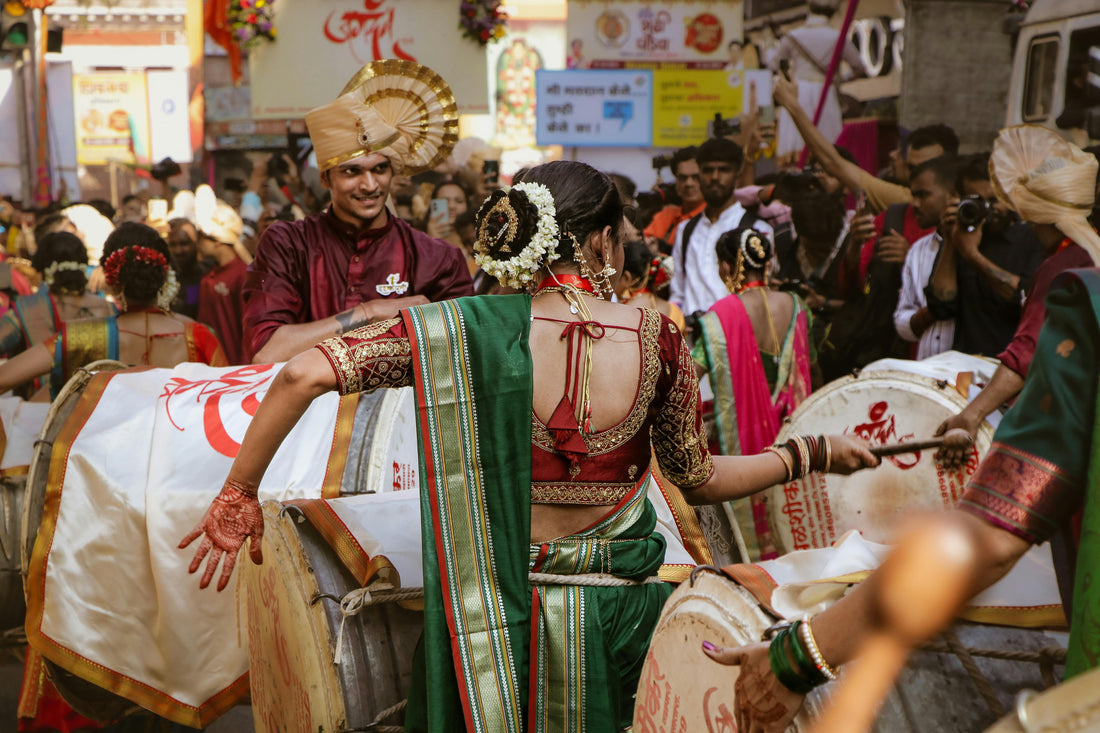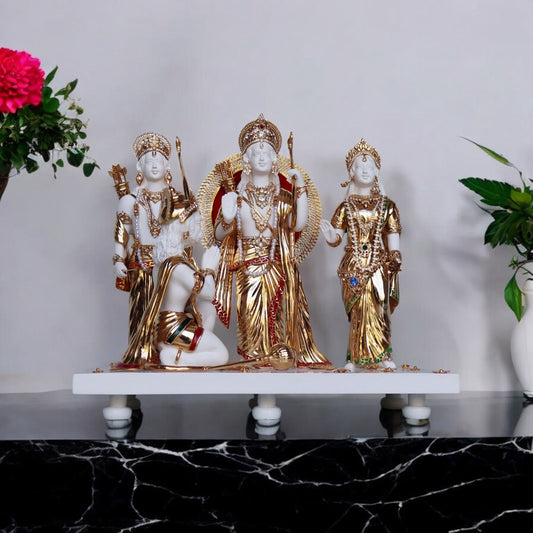The Story Behind Raising the Gudi: Symbolism and Traditions Explained

Gudi Padwa, which is the Marathi New Year, will be celebrated on 30th March this year (2025). It is widely celebrated in Maharashtra and parts of Goa.
Among the many rituals observed on this day, raising the Gudi is the most significant. We see numerous colourful gudis outside homes, fluttering in the wind.
But what is the story behind raising the Gudi? Why is it such an essential part of Gudi Padwa celebrations? Let’s dive into the symbolism, origins, and rituals behind this sacred tradition.
The Historical and Mythological Origins of the Gudi
The Day Lord Brahma Created the Universe
According to Hindu mythology, Gudi Padwa marks the day when Lord Brahma started the creation of the universe and introduced the concept of time. It is believed that on this day, Brahma initiated the cosmic cycle, making it one of the most auspicious days in Hindu tradition.
Raising the Gudi is considered a way to honour this divine event, celebrating the gift of life, time, and creation itself. It is also believed that Lord Brahma’s blessings on this day bring prosperity, good fortune, and success to those who welcome the new year with devotion and gratitude.
The Harvest Connection
Gudi Padwa also coincides with the harvest season, marking the reaping of crops. Farmers raise the Gudi as an offering of gratitude to nature and a prayer for continued prosperity. The festival represents growth, abundance, and the rewards of hard work, making it an occasion of both spiritual and agricultural significance.
2. Symbolism of Each Element in the Gudi
Every element of the Gudi has a more profound meaning, reflecting prosperity, strength, and positivity. Here’s what each part represents:
- Silk Cloth (Vibrant Yellow, Red, or Green): Symbolises auspiciousness, victory, and prosperity.
- Kalash (Inverted Copper or Silver Pot): Represents success and divine blessings.
- Neem Leaves & Sugar Garland: Signify the balance of life's bitter and sweet experiences, promoting good health.
- Turmeric & Mango Leaves: Denote purity, fertility, and positive energy.
- Bamboo Stick: Represents resilience, strength, and unwavering faith.
The Gudi is traditionally placed on the right side of the entrance or balcony, as the right side is considered sacred in Hindu customs.
3. Traditions and Rituals Around Raising the Gudi
The ritual of raising the Gudi follows a specific sequence, ensuring that it aligns with the festival’s spiritual and symbolic essence.
How to Raise the Gudi on Gudi Padwa
- Early Morning Rituals: The day begins with an early morning oil bath, signifying purification. Individuals clean and decorate their houses before the celebration begins.
- Drawing Rangoli: Colourful rangoli is drawn at the entrance to welcome positive and divine energy.
- Assembling the Gudi: A long bamboo stick is draped with a silk cloth or saree and adorned with neem leaves, flowers, and a garland of sugar candies (gaathi).
- Placing the Kalash: A copper or silver pot is placed upside-down on top of the bamboo, forming the Gudi’s crown.
- Puja and Offerings: Families gather for prayers, offering sweets, coconut, and flowers to invoke prosperity for the coming year.
This act of raising the Gudi is a gesture of welcoming happiness, wealth, and good fortune into the home.
4. Regional Variations and Modern Adaptations
While the tradition of raising the Gudi remains strong in Maharashtra, variations of Gudi Padwa are celebrated across India under different names:
- Ugadi: Ugadi is celebrated in the states of Karnataka and Andhra Pradesh, marking the Kannada new year.
- Baisakhi: Celebrated in Punjab to mark the harvest of the rabi crops and commemorate the formation of the Khalsa Panth in 1699, symbolising both prosperity and Sikh faith.
- Navreh: Celebrated in Kashmir as the Kashmiri Hindu New Year, marking the arrival of spring and symbolising new beginnings, prosperity, and the start of the lunar calendar.
Home Decor Items To Buy On Gudi Padwa
Gudi Padwa is considered one of the most auspicious days of the year to buy new things, including jewellery, cars, and home decor items. Here are 5 home decor items you can buy from Satguru’s:
Diya: Annam Diya by Satguru’s
Urlis: Gold Metal Flower Ulri by Satguru’s
Vases: Niraan Ecomic Vase
Wall art: Bastar Painting
Conclusion
The tradition of raising the Gudi on Gudi Padwa is more than just a festival custom—it is a celebration of creation, victory, and prosperity. Whether you see it as a tribute to Lord Brahma’s cosmic beginning, an offering for a bountiful harvest, or a symbol of triumph, raising the Gudi brings positive energy into our homes and hearts.
As you prepare to welcome the Maharashtrian New Year, take a moment to reflect on the rich legacy of this tradition. Let the Gudi stand tall, signifying strength, hope, and the promise of a brighter future.
If you are looking to transform your house this Gudi Padwa, don’t forget to check out Satguru’s.



